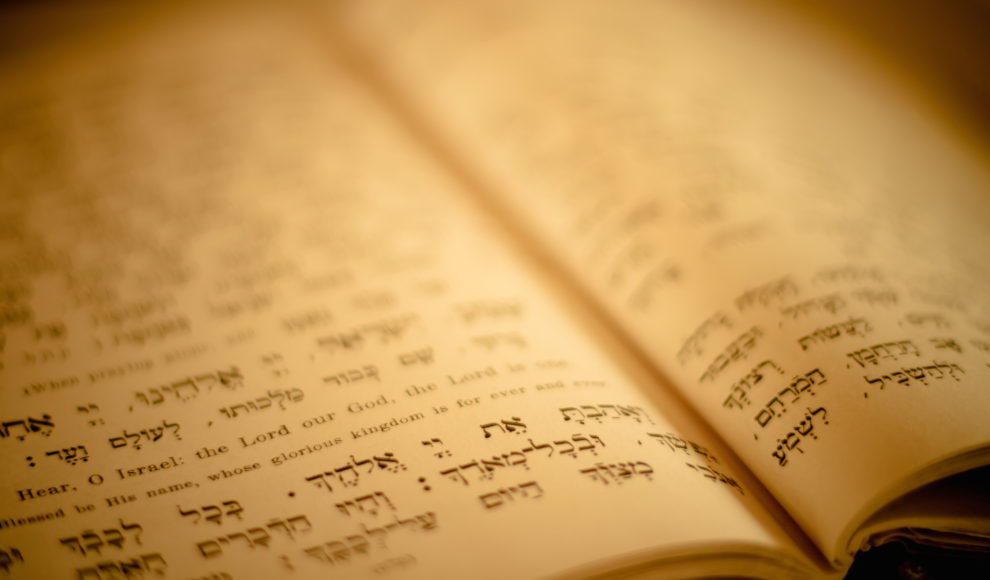Who wrote the Torah? The question arose in last week’s Daf Yomi reading, in a typically unexpected and elliptical fashion. The main subject of Chapter One of Tractate Bava Batra is the division of land between partners; last week we read about how co-owners of a field or a garden should go about building a wall to separate their areas. In Bava Batra 11a, the mishna goes on to specify that while a piece of land of any size can be divided by the mutual consent of the owners, the court cannot compel the division of a courtyard that is smaller than eight square cubits: “The court does not divide a courtyard unless there will be four cubits for this one and four cubits for that one.” Likewise, the court cannot order the division of a field unless each plot will be sufficient to plant nine kav of seed.
The basic principle is that “anything for which when it is divided, each of the parts is large enough to retain the name of the original item, the court divides it. But if the parts will not retain the original name, the court does not divide it.” This makes good sense: There is no point in dividing a field into pieces so small that they can’t serve the function of a field. Better an adequate shared space than an inadequate private one. Perhaps one could deduce from this a Talmudic teaching about privatization in general: A society should not privatize goods that are only useful when held in common. This would include things like roads and public transportation, as well as intangible goods like clean air and water. Indeed, the rabbis teach in Bava Batra 12a that if the public establishes a right of way, such as a path, on private property, the owner cannot seize it: “If the public has chosen a route for itself, what they have chosen is chosen.”
Get BQO by E-mail
ESSAYS
-

What Is Moral Injury?
-

What Does It Mean to Have Free Will?
-

Should We Fear Robots?
-

Do We Need Purposes in Biology?






